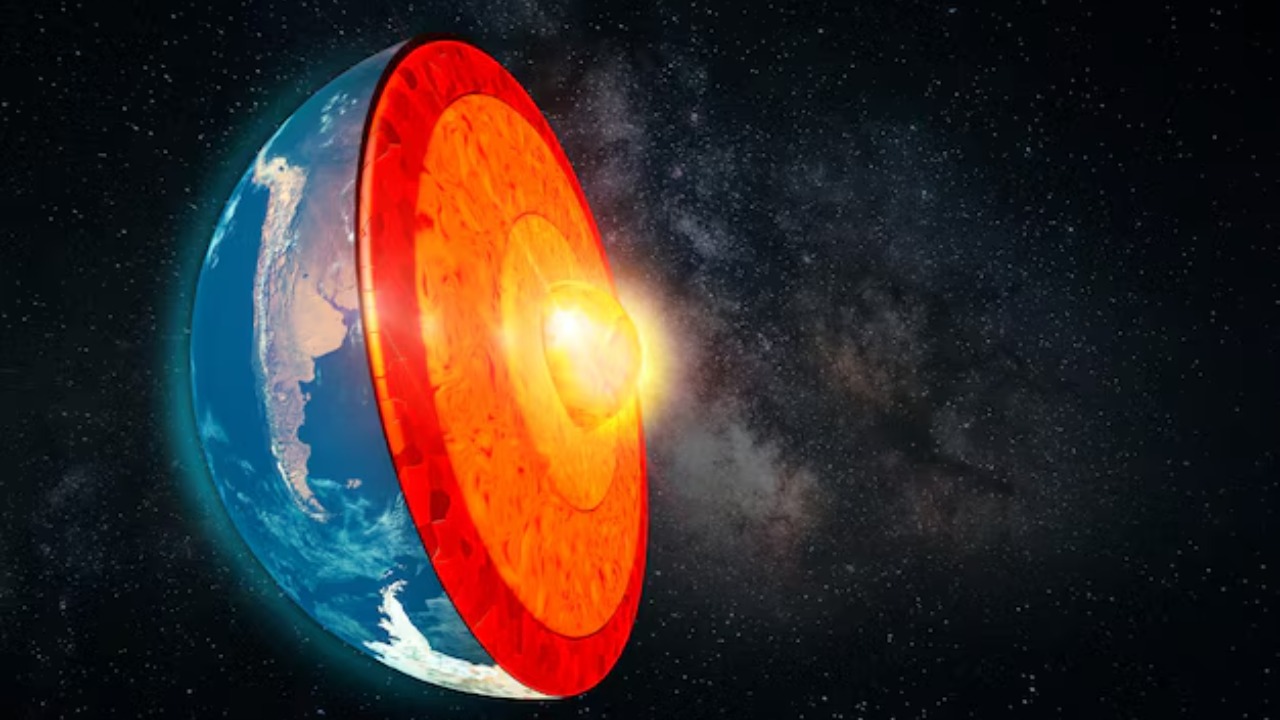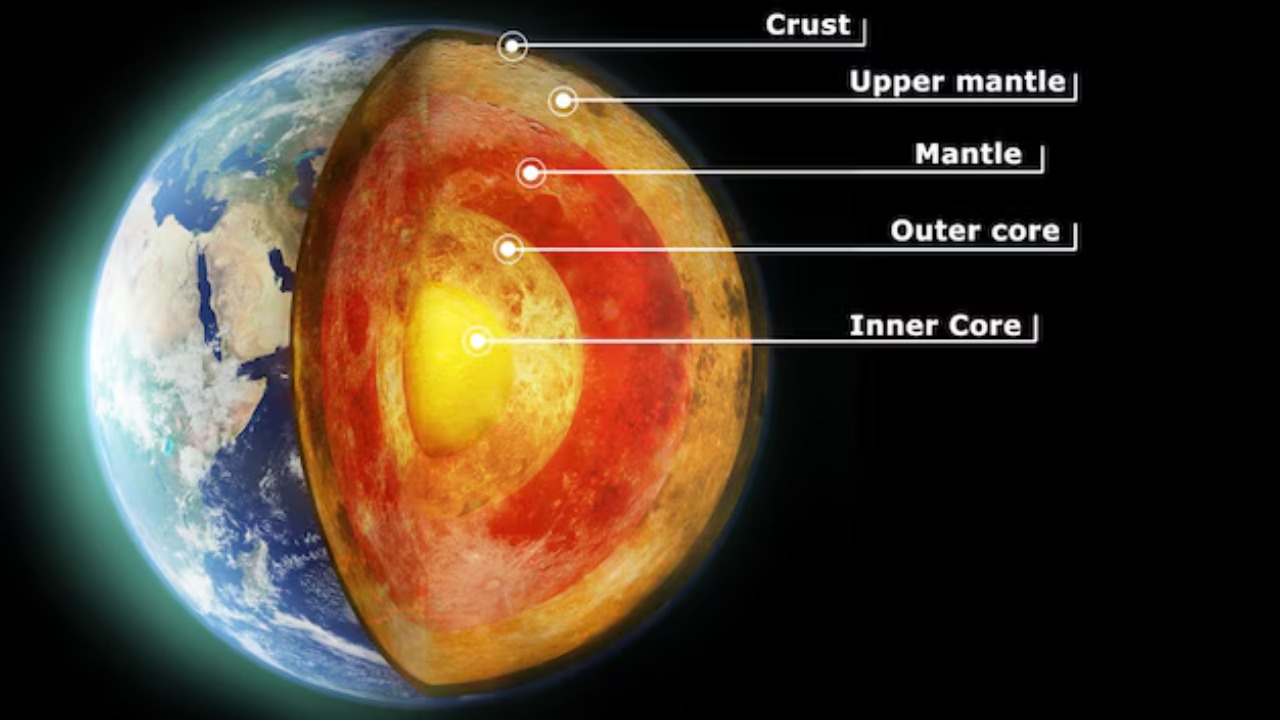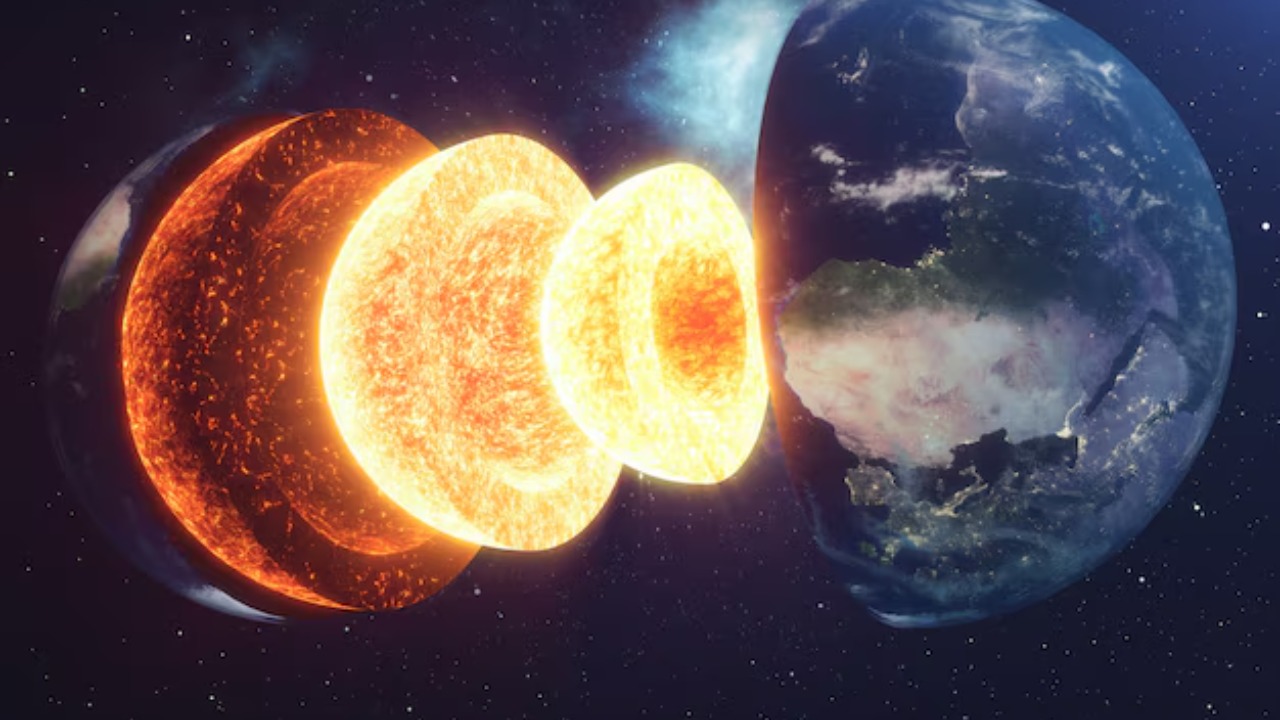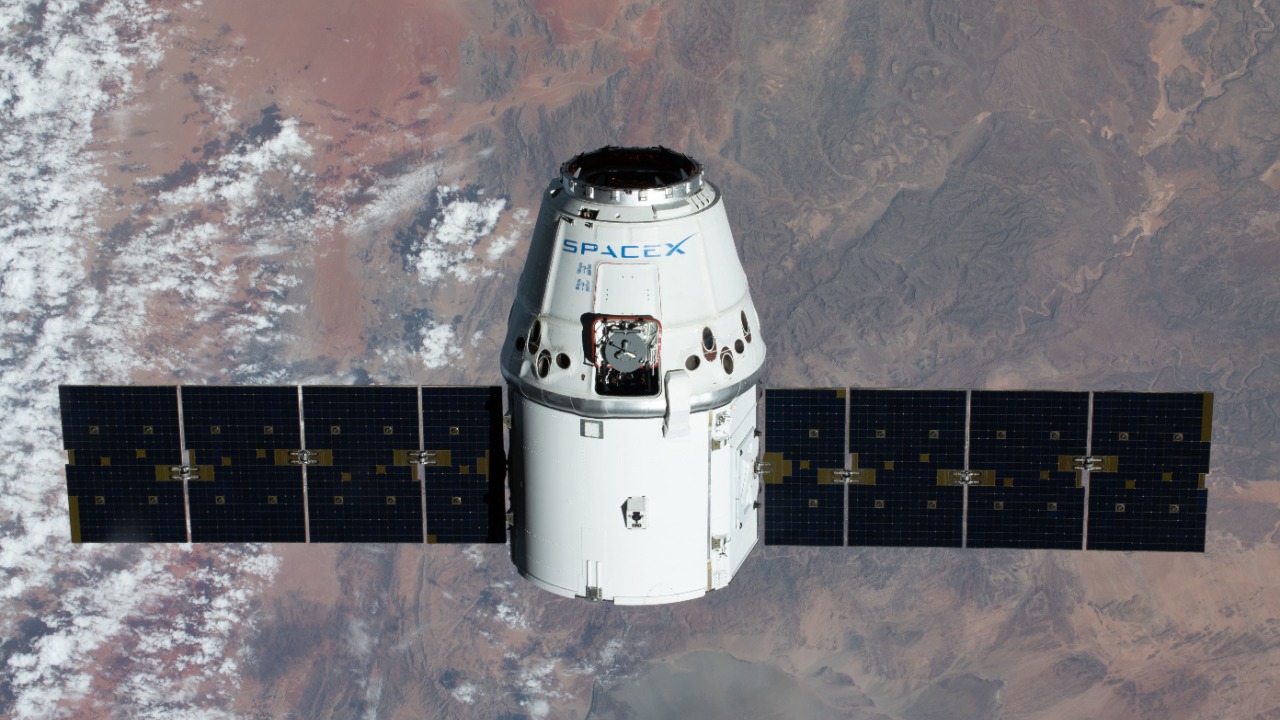
New scientific findings suggest an unexpected twist in the rotational behavior of Earth’s core, a phenomenon that has the potential to impact our planet’s magnetic field and disrupt technology. These new insights promise to redefine our understanding of the Earth’s inner workings, while presenting challenges for the future.
Understanding the Structure and Rotation of Earth’s Core

The Earth’s core, comprising of an outer core and an inner core, is one of the most intriguing areas of geologic study. The inner core, primarily made of iron and nickel, is solid, while the outer core, composed of molten metal, exhibits fluid dynamics. The interaction between these two cores is crucial in generating Earth’s magnetic field. The core’s rotation, a phenomenon distinct from Earth’s daily spin, has been measured using seismic waves. Historically, it was believed that the core’s rotation was stable and consistent, based on seismological data.
However, our understanding of Earth’s core rotation is evolving, thanks to advancements in geoscience and the advent of more sensitive monitoring tools. Recent studies have suggested that the core’s rotation might not be as stable as once thought, hinting at a complex interplay of forces and processes at work beneath the Earth’s surface.
New Findings on the Rotation of Earth’s Core

Emerging data now suggests that the rotation of Earth’s core may be reversing. This surprising claim is based on meticulous analysis of seismic wave data and geomagnetic field observations. The methods used in this research include advanced imaging techniques and mathematical modeling to analyze the behavior of Earth’s core.
These findings present a significant shift from our previous understanding of Earth’s core rotation. Until recently, the core’s rotation was generally believed to be steady and unidirectional. However, the new data indicates a possible reversal or slowdown in rotation, adding a new layer of complexity to our understanding of Earth’s geodynamics.
Potential Causes for the Reversal of Core Rotation

Various theories have been proposed to explain why the core’s rotation may be reversing. Some suggest it could be due to natural geological processes, such as mantle-core coupling or changes in the gravitational field. However, it’s still a mystery, and researchers continue to explore other possibilities.
While human-induced causes for this phenomenon seem unlikely given the immense scale and depth of the core, some scientists speculate that extreme geological events, potentially influenced by climate change, could indirectly affect the core’s behavior. Nonetheless, there are significant gaps in our current understanding, and this area is ripe for further research.
Implications for Earth’s Magnetic Field and Geomagnetism

The core’s rotation is intrinsically linked to Earth’s magnetic field, and any changes in its behavior could have profound implications for geomagnetism. A reversal or slowdown in core rotation could potentially lead to fluctuations in the magnetic field, impacting everything from animal migration patterns to climate.
Historical data and scientific modeling suggest that shifts in the core’s rotation may have contributed to past instances of climate change. While it’s too early to draw definitive conclusions, these potential effects highlight the interconnectedness of Earth’s systems and the need for ongoing research.
The Impact on Technology and Human Activity

A change in Earth’s core rotation could also have significant implications for technology. Our modern world relies heavily on GPS and other satellite-based systems, which could be disrupted by changes in the magnetic field. Additionally, electrical grids and communication networks might also be affected, leading to potential service interruptions.
he societal and economic impacts of such disruptions could be considerable, necessitating the development of mitigation strategies. From ensuring the robustness of our technological infrastructure to understanding the potential impacts on global economies, this new data underscores the importance of continued scientific exploration and preparedness.